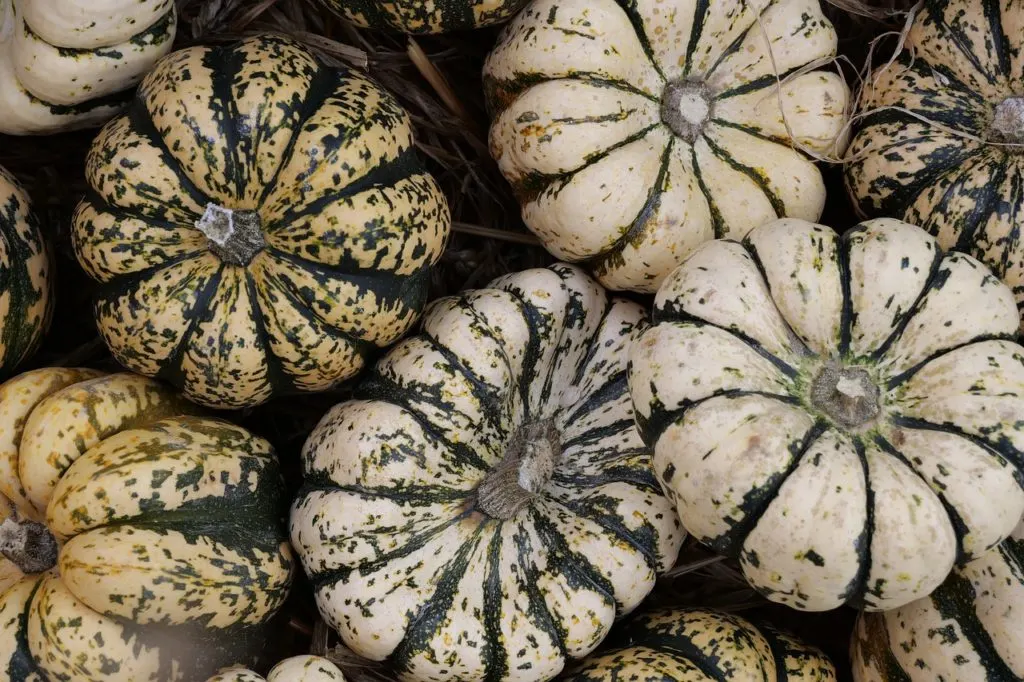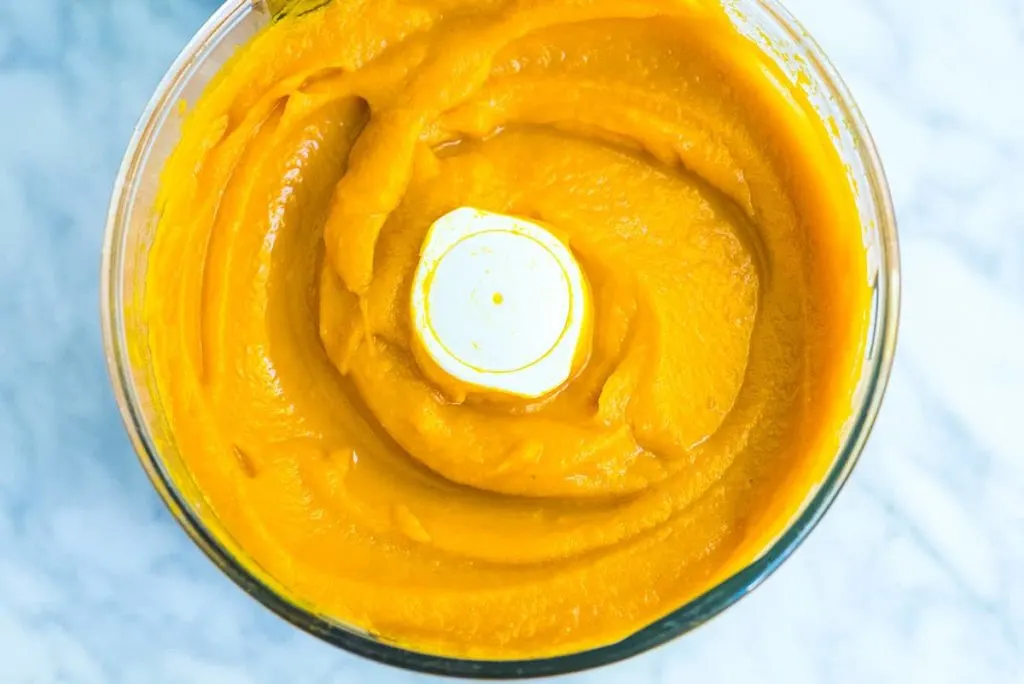Your dog’s bum health isn’t really a topic we talk about a lot here, but we should and we will. In this particular article, we’ll see if really pumpkin in dog food is a remedy for anal glands.
If you don’t know what we mean basically, many dog owners believe that giving your dog pumpkin increases their fiber intake, which then helps firm up their stool, making naturally expressing anal glands much simpler.
Now, it is true that pumpkin is rich in fiber, but does it work that well for your dog and its health? That’s what we’ll find out!
Read if pumpkin is really safe for dogs:
- Is Pumpkin Good For Dogs?
- Can Dogs Eat Pumpkin?
Because your dog’s bum health is important we have other articles on this topic as well:
- Anal Glands: Common Issues & Solutions
- How do you know if your dog needs glands expressed?
- Dog butt: There’s a lot you should know
- What cream can I put on my dog’s sore bum?
How effective is pumpkin in dog food for anal glands?
Pumpkin belongs on the list of most popular vegetables, especially during autumn. But, this vegetable isn’t only popular and delicious. It’s also very healthy and good for us. Pumpkin is rich in fiber and nutrients that our bodies need to function. Now, we know how beneficial pumpkins are for u humans, but what about our dogs? Is this vegetable equally beneficial for our dogs’ health?

The answer is yes! Pumpkin is safe for dogs to eat, in fact, it’s very healthy for them too!
Pumpkin is beneficial to canines because it contains many nutrients, such as minerals and vitamins that your dog needs to be healthy and happy.
In addition, pumpkin is low in calories, which makes it the ideal food for dogs that are overweight. Besides that, pumpkin contains potassium, vitamin E, carotenoids, and iron. All of them are great for your dog’s health and overall well-being. Why? Well, for example, iron is essential for hemoglobin formation, vitamin E protects the heart and functions as an anti-inflammatory, potassium supports muscle and nerve function, and carotenoids boost skin and eye health.
But all of these health benefits, aren’t the reason why pumpkin in dog food is so popular. It’s actually the fact that it’s great for constipation, and canned pumpkin is also used as a home remedy for diarrhea in dogs. But, most importantly, many dog owners claim that it helped their dogs with anal sac distress and expressing their anal glands.
Now, we also have to add that too much pumpkin can be bad for your four-legged friend. Because it’s so high in fiber, large amounts of pumpkin can create gastrointestinal problems for your dog. Also, pumpkin is high in vitamin A, which in big doses can be fatal to dogs.
Anal glands vs. anal sack
Some people use the terms anal sacs vs. anal glands interchangeably, but they are not the same at all. Firstly, anal sacs are located on either side of the anus in every dog. Secondly, anal glands, which are sweat glands that constantly fill up with fluid, are abundant in these anal sacs. These glands usually empty themselves, but sometimes it won’t happen naturally.
So, when your dog’s anal glands don’t get expressed naturally, the pressure in his back increases. As a result, your dog will lick his bottom and crawl around the floor. Basically, they will drag their but on your beautiful carpet. Also, a yucky odor from your dog’s bottom is another indicator that his glands need to be expressed.
But how does pumpkin in dog food help to express anal glands? It’s very simple actually. The food your dog eats has an impact on their feces, aka their poop. If your dog eats enough fiber, then it’s easier for them to pass their feces. If your dog poops regularly, then the chance of them expressing their glands is bigger. Therefore you can avoid scooting.
What is the best way to prepare pumpkin puree?
Pumpkin puree is not only effective in treating constipation, diarrhea, and easing anal sac distress, but it’s also simple to prepare.
Ingredients you’ll need:
- 2 tiny pumpkins, entire
- 1 parchment paper or baking sheet
- food processor
On another note, because we love to give our dogs human food, you should also know which human food is safe and which is not.
You can learn more about human foods in our “Food category” or check out the following articles:
- What Vegetables Can Dogs Eat?
- Can dogs eat honey? How safe is it really?
- Can dogs eat lettuce and should they even eat it?
- What fruits can dogs eat and which are toxic?
- Can dogs eat seaweed? Read before you feed
- Can dogs eat pancakes? The surprising truth
- Which Food Is Good Or Bad For Dogs?
Preparing pumpkin purée:
Your first step in preparing the pumpkin purée is to wash the pumpkin. Then cut it in half and scoop out the seeds. Next, you have to preheat the oven to 350 degrees Fahrenheit. While your oven is heating up, cut the pumpkin into larger chunks and put them onto your parchment paper or baking sheet. Put the pumpkin into the oven and let it roast for 45 minutes. When the pumpkin chunks are done, they are soft and light golden brown in color.
Next, remove the pumpkin’s skin and chop it into smaller pieces. Because the pumpkin will be mushy, mashing it should be simple. There are two options for mashing your pumpkin.

You can either use a potato masher or make it easier for yourself and put the pumpkin into a food processor or blender. If the consistency of the pumpkin purée is too thick for your liking, you can add a small amount of water.
You can use the puree right away or refrigerate it for up to one week or freeze it for up to three months for later use. If you don’t want to make your own pumpkin puree, you can get a plain canned pumpkin or pumpkin powder made for dogs.

